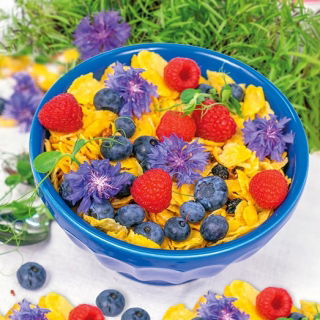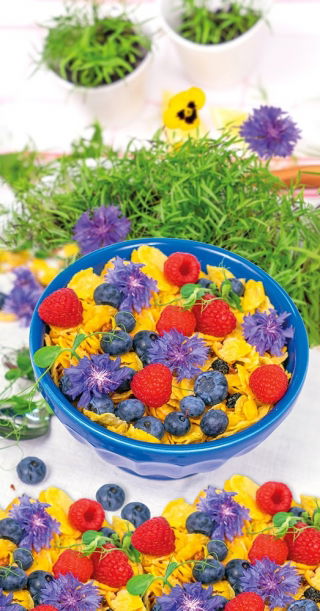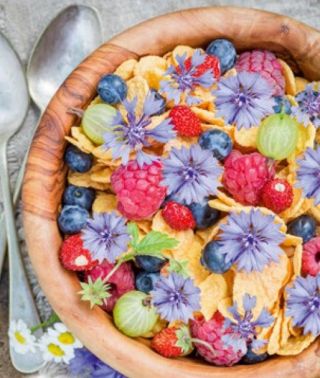- US Dollars ($)
- Euro (€)
- GB Pound (£)
- Chinese Yuan (元)
- Swedish krona (kr)
- Russian ruble (₽)
- Hong Kong dollar (HK$)
- Norwegian krone (kr)
- Indian rupee (₹)
- New Taiwan dollar (NT$)
- Danish krone (kr)
- Hungarian forint (Ft)
- Saudi riyal (SR)
- Bulgarian lev (лв)
- Czech koruna (Kč)
- Israeli shekel (₪)
- Indonesian rupiah (Rp)
- Japanese yen (¥)
- Korean won (₩)
- Malaysian ringgit (RM)
- Romanian leu (leu)
- Swiss franc (Fr.)
- Serbian dinar (din)
- Vietnamese đồng (₫)
- Ukrainian hryvnia (₴)
- Turkish lira (₺)
- Thai baht (฿)
- CAD Dollars ($)
- English
- German - Deutsch
- French - Français
- Spanish - Español
- Italian - Italiano
- Swedish - Svenska
- Russian - Русский
- Norwegian - Norsk
- Danish - Dansk
- Nederlands
- Estonian - Eesti keel
- Finnish - Suomalainen
- Hungarian - Magyar
- Latvian - Latviešu valoda
- Lithuanian - Lietuvių
- Portuguese - Português
- Chinese - 中文
- العربية - Arab-c
- Bulgarian - български
- Czech - Čeština
- Greek - Ελληνικά
- پارسی - Persian
- עברית - Abrit
- Croatian - Hrvatski
- Indonesian - Bahasa Indonesia
- Japan - 日本語
- Korean - 한국어
- Malay - Melayu
- Romanian - Română
- Slovak - Slovák
- Slovenian - Slovenščina
- Serbian - Српски
- Thai - ไทย
- Turkish - Türkçe
- Ukrainian - Українська
- Vietnamese - Tiếng Việt
- Hindi - हिंदी
- Categories
-
Seeds
-
Vegetable Seeds
-
Flower Seeds
-
- Ageratum, Flossflower seeds
- Alyssum seeds
- Amaranth Seeds
- Aquilegia, Columbine seeds
- Aster seeds
- Aubrieta Seeds
- Begonia seeds
- Bellis perennis, Daisy seeds
- Californian Poppy Seeds
- Campanula, Bellflower seeds
- Celosia, Cocksbomb seeds
- Centaurea, Cornflower seeds
- Chrysanthemum, Painted Daisy seeds
- Coleus seeds
- Convolvulus seeds
- Coreopsis seeds
- Cosmos seeds
-
- Datura seeds
- Dianthus, Carnation seeds
- Echinacea, Coneflower seeds
- Flower seed mixtures
- Forget me not seeds
- Foxglove seeds
- Gaillardia Seeds
- Gazania seeds
- Geranium, Pelargonium seeds
- Godetia seeds
- Gourd, Ornamental squash seeds
- Gypsophila, Baby's Breath seeds
- Hollyhock seeds
- Impatiens seeds
- Ipomoea, Morning glory seeds
- Calabash, Bottle Gourd seeds
- Larkspur, Delphinium seeds
-
- Limonium, Statice seeds
- Lobelia seeds
- Lupin, Lupine seeds
- Lychnis, Catchfly seeds
- Mallow Seeds
- Marigold, Tagetes seeds
- Milkweed Seeds
- Nasturtium seeds
- Nemesia seeds
- Nepeta, catmint seeds
- Nicotiana, Ornamental Tobacco seeds
- Nigella, Love in a mist seeds
- Pansy seeds
- Petunia and Surfinia seeds
- Phlox seeds
- Poppy seeds
- Primula, Primrose seeds
-
- Red Valerian, Centranthus Seeds
- Ricinus, Castor bean seeds
- Runner bean seeds
- Safflower seeds
- Salvia, Ornamental sage seeds
- Snapdragon Seeds
- Stock seeds
- Strawflower, Golden everlasting seeds
- Sunflower seeds
- Sweet pea seeds
- Tunbergia, Black-eyed Susan Vine seeds
- Verbascum, Mullein seeds
- Verbena seeds
- Veronica, Speedwell seeds
- Viola, Violet seeds
- Zinnia seeds
-
- Herb Seeds
- Sprouting Seeds
-
Flower Bulbs
-
Garden Equipment
-
At home
- Around home
-
Fertilizers
-
- All-purpose fertilizers
- Autumn and winter fertilizers
- Blueberry fertilizers
- Boxwood fertilizers
- Bulb plants' fertilizers
- Grass and lawn fertilizers
- Citrus plant fertilizers
- Compost
- Conifer fertilizers
- Dolomite and lime fertilizers
- Dry powder fertilizers
- Fertilizers for balcony and terrace plants
- Fertilizers for moss-infected lawns
- Fertilizers in pump sprayers
-
- Fertilizers in watering cans
- Fertilizers sticks
- Fertilizers with leaf shine
- Flowering plant fertilizers
- Fruit fertilizers
- Fruit tree fertilizers
- Garden plant fertilizers
- Gel fertilizers
- Geranium fertilizers
- Green plant fertilizers
- Herb fertilizers
- Home plant fertilizers
- Hydrangea fertilizers
- Lavender fertilizers
-
Cornflower, scientifically known as Centaurea cyanus, is a beloved plant that combines ornamental charm with culinary versatility. Its vibrant blue flowers have long been a staple in British gardens, adding elegance to borders and wildflower meadows. Beyond its visual appeal, the cornflower is prized for its subtle, spicy flavour, making it an excellent addition to beverages, teas, desserts, cakes, salads, and warm dishes. With a prolonged blooming period from June to September, this plant is a valuable asset for gardeners and food enthusiasts alike. Easy to grow and beneficial to pollinators, the cornflower is a perfect choice for those seeking beauty and functionality in their garden.
Sowing
Cornflower seeds should be sown directly into well-prepared soil free from weeds. This ensures optimal conditions for germination and healthy plant development. The plant thrives in the British climate, making it a reliable choice for gardeners of all skill levels.
Sowing Depth
The ideal sowing depth for cornflower seeds is 0.5 cm. This depth ensures access to essential nutrients and moisture, supporting rapid germination and strong growth. Lightly cover the seeds with soil and water gently to maintain consistent moisture.
Direct Sowing Period
The best time to sow cornflower seeds directly into the ground is between April and May. During this period, the soil is warm enough to encourage germination. For best results, choose sunny locations, which promote vigorous growth and abundant flowering.
Plant Spacing
Maintain a spacing of 30x15 cm between plants. This ensures adequate room for growth, allowing each plant to develop freely and reducing competition for nutrients and light. Proper spacing also enhances air circulation, reducing the risk of disease.
Site Conditions
Cornflowers prefer sunny spots with well-drained, moderately fertile soil. While the plant is relatively undemanding, providing optimal conditions will result in healthier plants and more vibrant blooms. Regular fertilisation can further enhance the intensity of the flower colour.
Growing Tips
Cornflowers are easy to grow, making them an excellent choice for beginners. Regular watering during dry periods and the removal of spent flowers will encourage prolonged blooming and maintain the plant’s neat appearance. Minimal maintenance is required to enjoy a flourishing display.
Flowering Period
Cornflowers bloom from June to September, producing vivid blue flowers that brighten gardens throughout the summer. Their extended flowering period makes them a valuable decorative element for borders, meadows, and containers.
Usage
The edible flowers of the cornflower are highly versatile. They can be used fresh or dried to decorate drinks, teas, desserts, and various dishes. Their subtle spicy flavour adds a unique touch, elevating both the taste and presentation of culinary creations.
Good to Know
Cornflowers are not only visually striking but also ecologically beneficial. They attract pollinators such as bees and butterflies, supporting biodiversity in the garden. Additionally, they are resistant to most common plant diseases, making them a low-maintenance choice for any gardener.
Why Buy from Garden Seeds Market
Garden Seeds Market offers premium cornflower seeds that have been meticulously tested for quality and germination rates. Customers benefit from fast delivery, reliable service, and attractive promotions. Numerous positive reviews confirm the satisfaction of gardeners who choose Garden Seeds Market for their planting needs. Each package includes detailed cultivation guidelines, ensuring a successful growing experience.
The package contains 1 g of seeds and includes information on cultivation and the best-before sowing date.
New


My account
Store
Customer information
Information

© -2025 Gardenseedsmarket.






